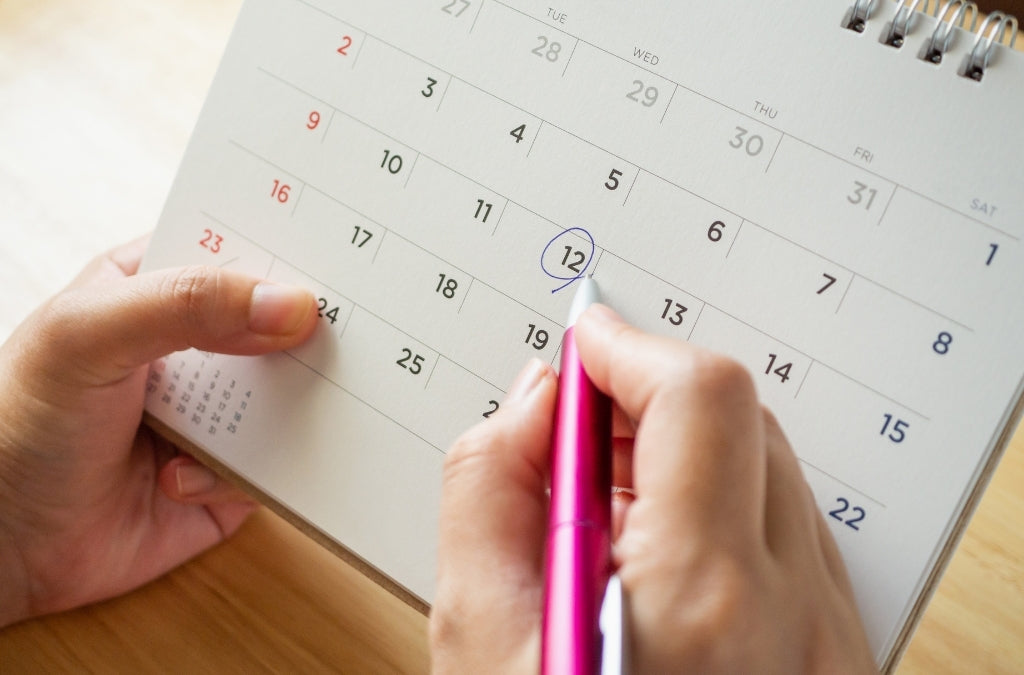How to Change your Dog Food without Causing Upset or Stress
Posted by ROBERT MACLEOD on
Here at McDug Nutrition, we want your dog to get the best out of its new, nutritious diet. But while you (and your dog!) might be excited to dig in, you should follow our guide to change your dog’s diet with as little disruption as possible.
Why should you change your dog’s diet gradually?
New foods and nutrients in dog food can cause upsets or even diarrhoea in your dog if they’re not gently introduced. If your dog starts to associate these feelings of discomfort with food, there can be a risk that your dog will start to eat less.
Unless your vet has specifically advised otherwise, we always recommend gradually introducing new food to your dog to allow their tummies time to get used to it.
How to change your dog’s food gradually
To set your pooch up for success with their new McDug food, here’s our suggested routine for an easy, no-fuss transition.
Days 1-3
This time is all about familiarising your dug with the new food. Place a small bowl of the new food next to your pooch’s normal meal.
Don’t mix them together yet, you’re just giving them a little sample they can have if they feel like it.
They might not eat it just yet, and that’s ok. A sniff or two is plenty for them to get used to the new smells and start to recognise them.

Days 4-10
In this stage, you should slowly start adding the new food in with their existing meals.
Pay close attention to the amount of food (new and old) your dog is eating, and tweak the next meal based on that.
If - at any stage - your dog is getting turned off by the new food, drop the amount back down and replace it with the food they know already. After a few days of eating normally again, you can start once more to increase the new food.
The aim is to slowly and gradually increase the ratio of new food to old food until you can phase out the previous brand completely.
Take care of sensitive tummies
While some dogs seem to be able to handle any (and all!) foods that they come across, the digestive system of a dog is actually very sensitive, and following the above approach will keep your pooch happy (and lessen the risk of any unpleasant effects!)
What if my dog becomes poorly?

Even when you take your time switching to a new food, there’s always a slight chance that your dog will develop vomiting or diarrhoea as a result of the changeover.
If this happens, always make sure to consult your vet so they can give the best medical advice and confirm that you’re on the best food for your dog.
Rab
- Tags: dog diet, dog nutrition
← Older Post Newer Post →
1 comment
 Skip to content
Skip to content
Bought puppy sample pack how much do I need a 9 month old cookapoo?